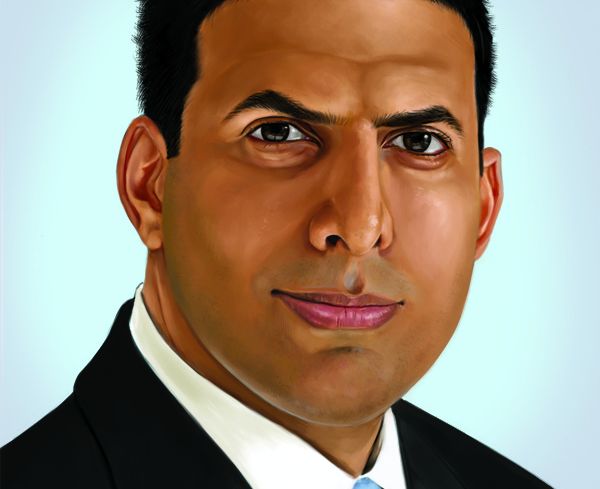
As they embark on a new year, American investors are more confident than at any time before the financial crisis. Paying little heed to the business cycle or distortions from monetary policy, they are supported in their optimistic assessment by the most immediately observable trends. The economy has grown at a robust pace in recent quarters, rebounding from a brief contraction a year ago. More important, one of the weakest links in the current expansion, labor markets, have shown increased vigor. Save the absence of meaningful wage growth, the last year was the best for net employment gains since the peak of the dot-com era. As of its December meeting, the Federal Reserve now projects that the unemployment rate will fall below its natural level by the end of this year. Barring a significant shock, the outlook is positive.
Real Estate in Review
The apparently improved state of affairs in the broader U.S. economy is at least matched by continued momentum in commercial real estate markets. Investment sales and prices continue their rise, supported by a wide range of balance sheet lenders and a surfeit of conduits as yet unassailed by pending risk retention policies. In New York and other gateway markets, where delayed reauthorization of the Terrorism Risk Insurance Act is felt most acutely, prices are high enough that well-informed domestic investors are ceding share to cross-border peers with longer time horizons and more varied objectives. Nominal cap rates are at historic lows and investors, lenders, developers and their risk models have become inured to low yields.
While New York sets price records, secondary and tertiary markets are also rebounding past their pre-crisis peaks. Fundamentals have been slower to recover, but the corners of the investment landscape that can still be characterized as suffering from a shortfall in equity or debt are few and far between. In some cases, weak underwriting standards are allowing lending to grow faster than the pool of well-qualified borrowers. Debt and equity investors hungry for real estate are not confining themselves to the property sandbox; they have also unleashed a torrent of capital for commercial real estate corporate mergers and acquisitions and disruptive startups.
Global Challenges
Whether in terms of real estate or the bigger picture, the United States is the envy of other leading economies at this juncture. India is one of the few countries where growth picked up over the year, thanks in its case to a sea change in politics. A survey of the global landscape shows that, in contrast with the prevailing American experience, myriad pressures are coming to bear across Africa, Asia and Europe. On the continent, scant growth is expected to remain the norm over the next year, leaving the European Central Bank to undertake new interventions in its battle against deflation and unresolved fiscal imbalances. Among Asia’s leading economies, Abenomics has failed to kick-start growth in Japan, prompting a snap election. While China’s stock market surged, housing remains among the factors dampening its near-term forecast.
Sliding oil prices have exacerbated economic and geopolitical threats from Russia, to the Middle East and Western Africa. In the case of Nigeria, one of Africa’s powerhouse growth drivers, the oil and gas sector, accounts for more than one-third of GDP and roughly 90 percent of exports. While today’s oil prices seem unsustainably low, we cannot assume too much about the exact timing of a full or partial reversion to higher prices following a supply-driven slump. Historically, collusion amongst members of the Organization of Petroleum Exporting Countries might have cut output to put a floor under prices, but OPEC is loathe to travel that road when U.S. production is rising and global market share could shift westward.
Assessing What’s Relevant
It might appear as if the global tumult is playing out on a parallel track with little direct relevance for the U.S. That is a misperception. For better and worse, the dim picture abroad is contributing to our low interest rates and burnished credentials as the most stable and liquid market. Frontier economics seem riskier than before, at least for the time being. Absent shocks to the economy or an abrupt shift in the inflation outlook, the Fed will start to ease off its current rate position by June and commercial real estate investors point to stronger job gains this year as a key accelerator for the sector. Still, they should not ignore that a normalization in rates, when it comes, is also a game changer for the industry—potentially puncturing the lofty property values to which we’ve now become accustomed.
Sam Chandan, Ph.D., is president and chief economist of Chandan Economics and an adjunct professor at the Wharton School, University of Pennsylvania. The views expressed here are his own. He can be reached at dsc@chandan.com.




